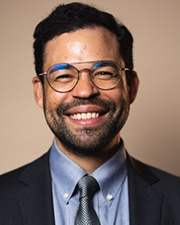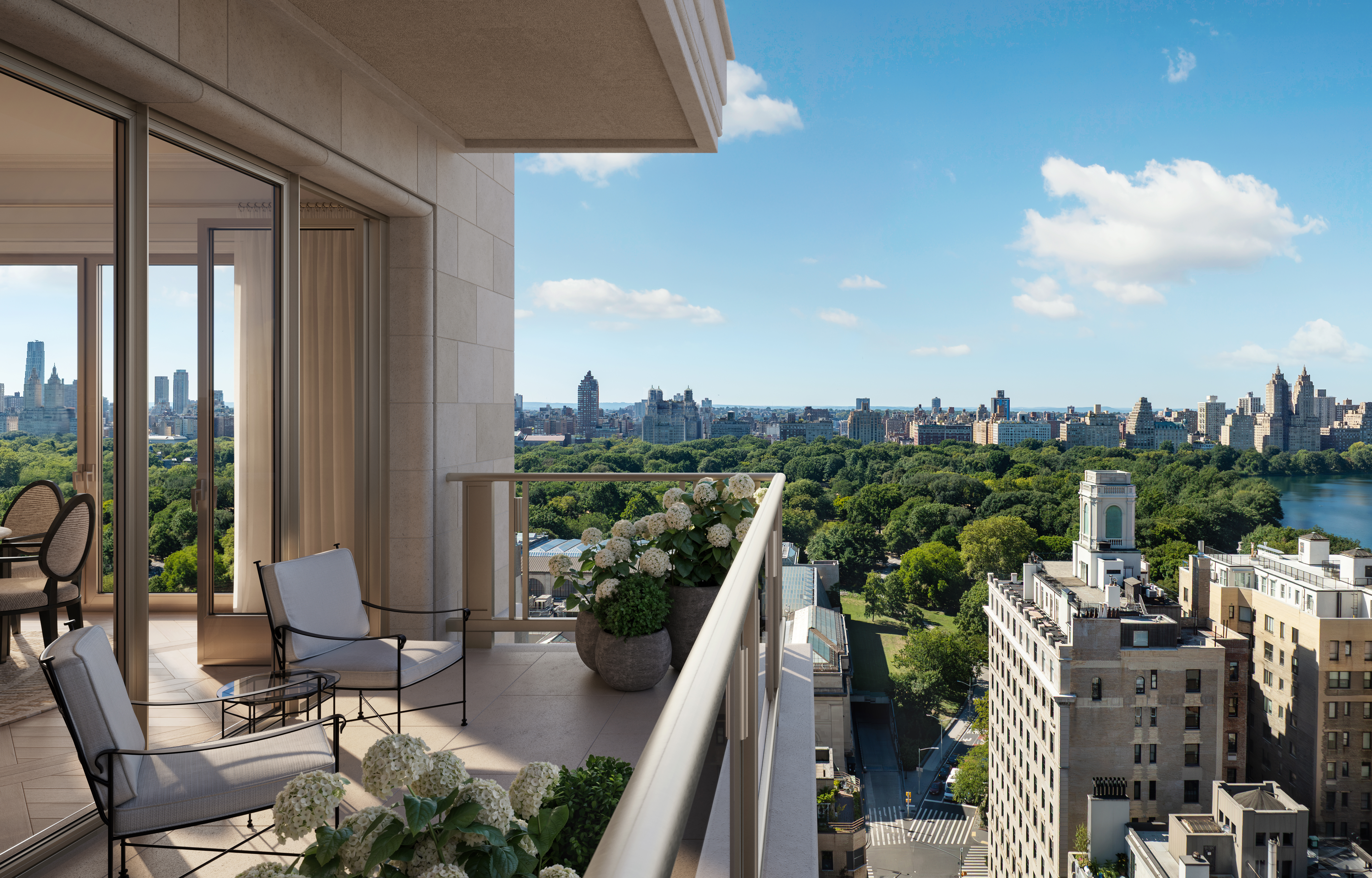News:
Owners Developers & Managers
Posted: February 6, 2009
No 50 year anniversary for the NYC Building Code?
As a dyed in the wool New York City MEP engineer, I am to say the least, attached to my New York City Code. Although I've been in the field for over 30 years, I have lived and breathed this same old code since I was a puppy. So it's bittersweet for me to say farewell to my old friend along with some of its quirkiest provisions. I tip my hat and say so long to the good old manual fire pump, we will not forget you. Also it's a semi-farewell to those conventional mushroom type fans decorating our city roof-tops, which we may now replace in favor of the new high efficiency individual sidewall exhausters.
With the "burn in" period of the new code already upon us the local design community is beginning to absorb and implement the changes. As with all change, there is an adjustment period and in light of this, the current administration has generously provided a one year grace period starting July 1, 2008 and ending July 1, 2009, during which an option is provided to use either the existing code or the new code. Playing mix and match between the two is not acceptable and the building department has already indicated, it's an all or nothing proposition.
Historically, NYC has stubbornly followed its proprietary code which has consistently conflicted with the New York State Code along with nationally accepted codes. While these other codes have continually evolved, typically on a three-year cycle, New York City has, in some charming and almost arrogant way, steadfastly maintained its course by adhering to what is commonly known as "The Old (1968) Code," which has generally remained unchanged for over 40 years. Therefore, in creating the new code, the approach was to move towards an international standard. However, the uniqueness of New York City's Fire Department Regulations and local union practices posed a tough challenge and thus, the new code is a hybrid reflective of the current international building code and some long standing local regulations.
As we all know, fire safety is always a main concern and naturally some large changes occurred. Firstly, while certain buildings were previously exempt, now all high rise buildings over 75 feet will require a smoke control system by increasing protection in stairways in the event of a fire. Another mandatory and key life safety addition is the provision for emergency generators which are now required in all buildings over 125 feet in height regardless of occupancy. These will improve egress during a fire or emergency condition which, while costly, will save lives. The fire code was also changed to increase water supply requirements for sprinklers and standpipes, in particular requiring larger roof tanks for certain residential buildings. However, fire alarm provisions, in general have been broadened while also holding fast to current local practice.
Beyond life safety, an effort has been made to improve interior environmental conditions while providing energy consciousness. In general the new code reflects the requirements of the benchmark ASHRAE standard 90.1 of 2004 which must be complied with in order to qualify for LEED Certification. Since increased ventilation requires increased energy use, the new code provides ways to reduce ventilation in certain areas.
Improvements in water conservation have also continued with further reductions being incorporated in the new code. The new reduced flow rate requirements for most plumbing fixtures further decrease water distribution systems, thus reducing piping. A water conservation appendix was also added to provide design requirements for recycling water. However, while other municipalities allow broad use of plastic piping in many applications, including specific heating, drainage and fire prevention systems, NYC has maintained most of its prior piping material specifications, with limited allowance for other piping materials.
While moving into the new era of sustainable design, NYC has made great strides with the enactment of its new code. With the evolution of this new chapter in building construction standards, life safety, indoor environmental air quality and energy and water conservation have all advanced to ensure that NYC will be creating healthier, safer and more economical buildings for future generations.
Eric Ettinger is the owner of Ettinger Engineering Associates, New York, N.Y.
MORE FROM Owners Developers & Managers
NYC’s Mayor’s Office of Climate & Environmental Justice mobilizes climate action
Manhattan, NY The Mayor’s Office of Climate & Environmental Justice (MOCEJ) executive director Elijah Hutchinson, chief climate officer Rohit Aggarwala, and partner agencies listed key accomplishments

Columns and Thought Leadership

The CRE content gap: Why owners and brokers need better digital narratives in 2026 - by Kimberly Zar Bloorian
As we head into 2026, one thing is clear: deals aren’t won by who has the best asset; they’re won by who presents it best. Yet many owners, operators, and brokers are entering the new year with outdated photos, inconsistent branding, and limited digital presence. This

Strategies for turning around COVID-distressed properties - by Carmelo Milio
Due to the ongoing pandemic, many landlords are faced with an increasing number of distressed properties. The dramatic increase in unemployment and reduction in income for so many has led to a mass exodus out of Manhattan, an increase in the number of empty rental units






.gif)

.gif)
.jpg)
.gif)